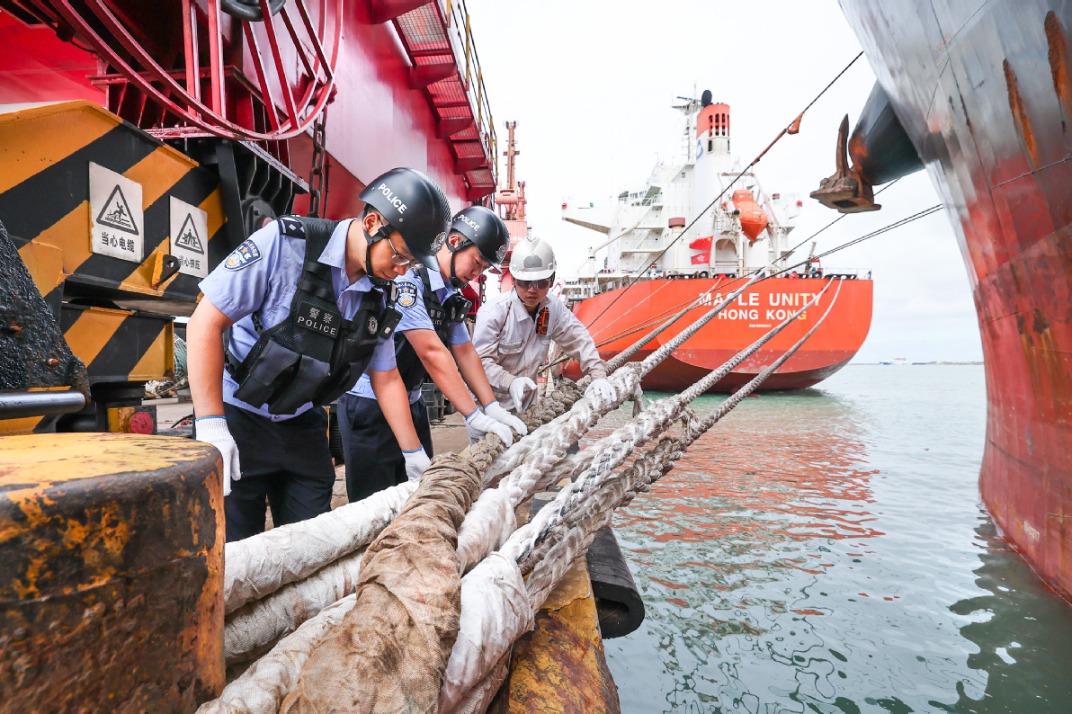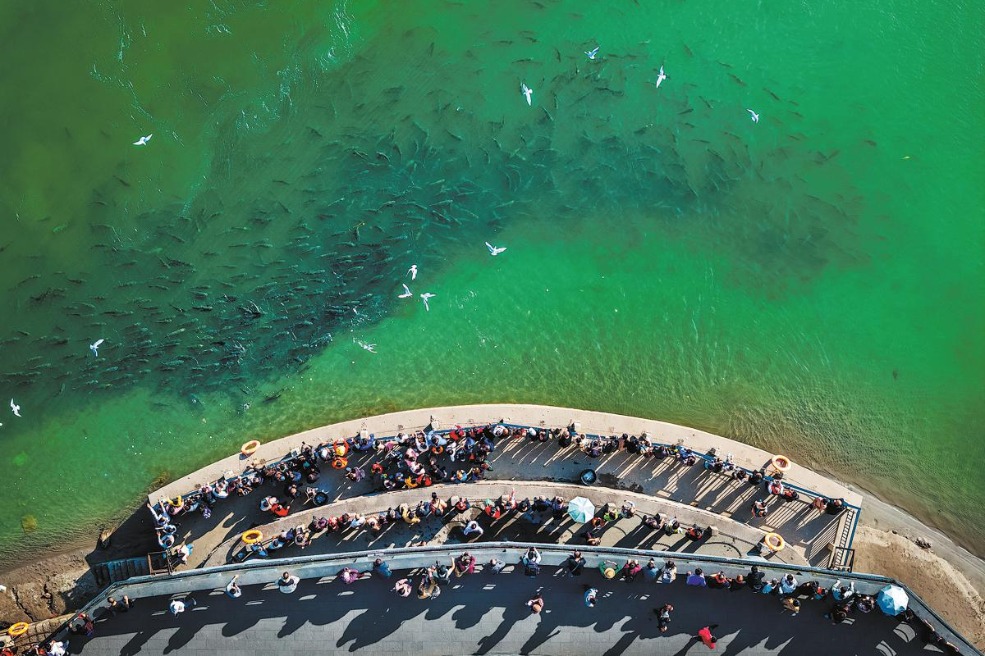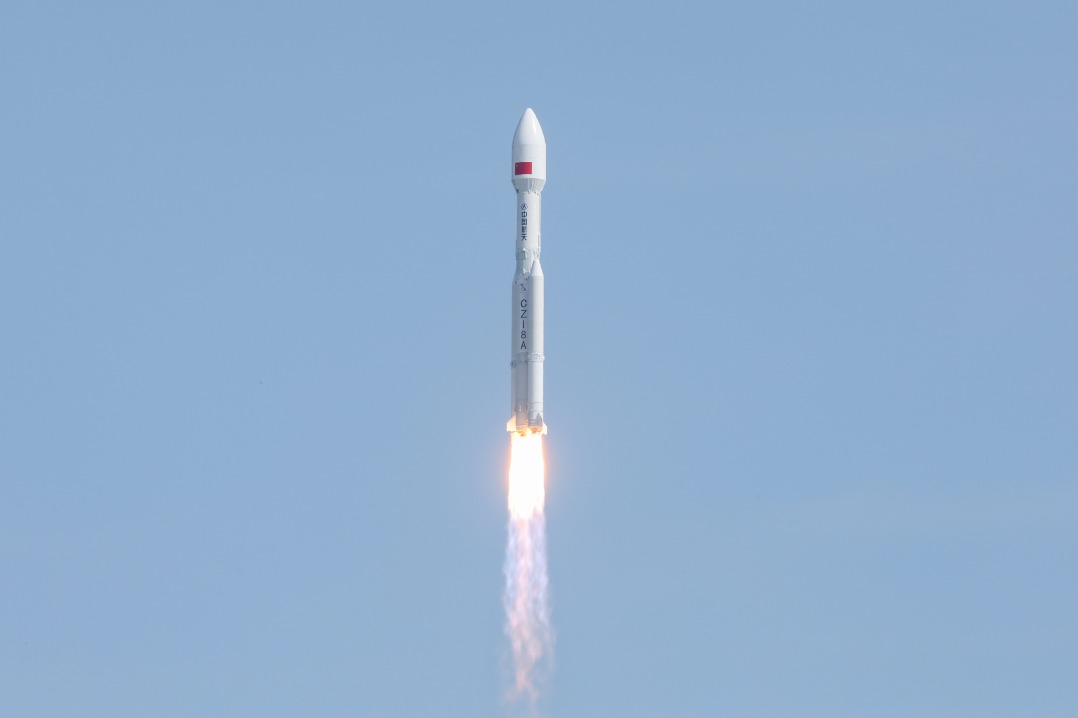China announces plan to build world's largest deep-sea neutrino telescope

China has announced plans to build the world's largest deep-sea neutrino telescope in the western Pacific Ocean.
The project, called "Trident", is expected to be completed in 2030 and will be used to study the universe's most extreme phenomena, such as supernova explosions and black hole eruptions.
Neutrinos are tiny particles that have no electrical charge and very little mass. They can travel through matter with ease, making them ideal messengers for studying cosmic events that are hidden from view by dust and gas.
The Trident telescope will be located in a deep-sea plain in the northern part of the western Pacific Ocean, approximately 3.5 kilometers deep. It will consist of 1,200 vertical strings, each 700 meters long and spaced 70 to 100 meters apart. Each string will carry 20 high-resolution digital optical modules.
The telescope will span 4 kilometers in diameter and cover 12 square kilometers. It will monitor around 8 cubic kilometers of seawater for high-energy neutrino interactions. The designed lifespan is 20 years.
Researchers say that the Trident telescope is expected to be more sensitive than any other neutrino telescope in the world. It is expected to discover neutrinos from the active galaxy NGC 1068 within one year of operation, while the IceCube neutrino telescope in Antarctica takes 10 years to reach 4.2 sigma. For transient neutrino sources, such as the TXS 0506+056 blazar, Trident will detect its burst with over 10 sigma significance, comparing to IceCube's 3.5 sigma in 2018.
- China Coast Guard patrols waters around Huangyan Island
- E China's provinces step up disaster prevention for typhoon Co-May
- Study tour boom fuels China's countryside revival
- Mainland says flight route adjustment benefits both sides of Taiwan Strait
- PLA garrison in Hong Kong holds reception to celebrate 98th anniversary of founding of PLA
- DPP denounced for allowing US to take liberties at cost of Taiwan





































